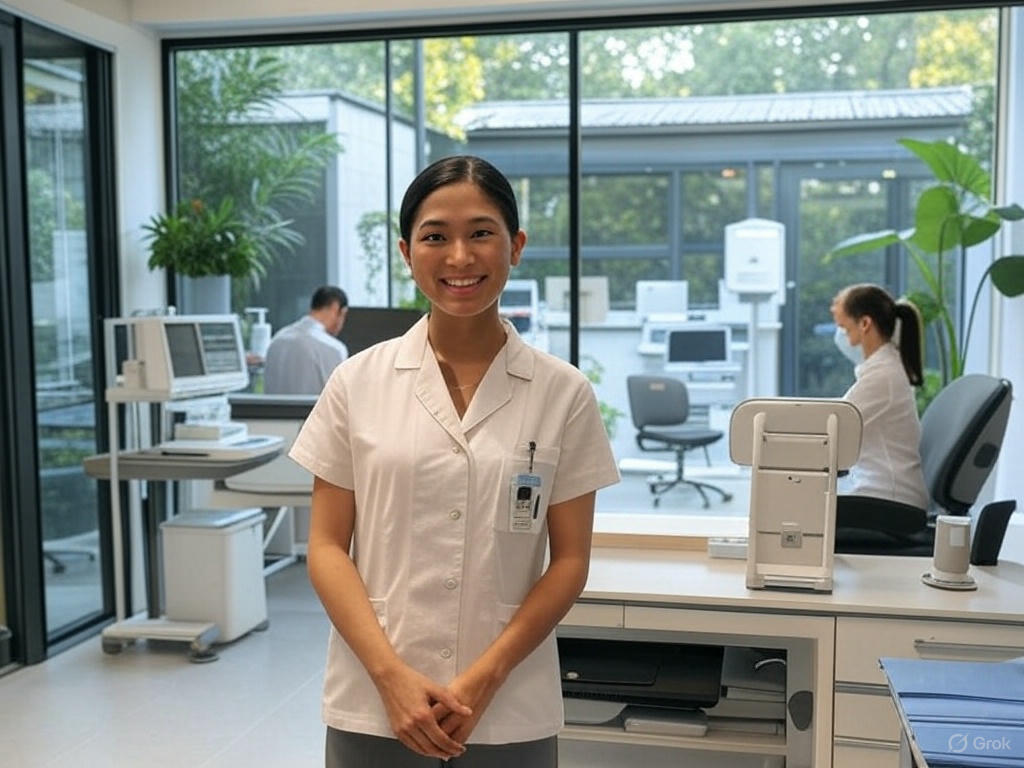Medical aesthetics has become an essential part of the modern healthcare and beauty industry. It encompasses a range of procedures and treatments that improve the appearance of individuals while addressing both cosmetic and functional concerns. These treatments are designed not only to enhance aesthetic appeal but also to contribute to overall well-being. In this article, we explore the significance of medical aesthetics, its benefits, and why it is an important aspect of contemporary healthcare.
1. Boosting Self-Confidence and Mental Health
One of the most profound impacts of medical aesthetics is the enhancement of self-confidence. Many individuals seek medical aesthetic treatments to improve aspects of their appearance that they are self-conscious about, such as wrinkles, acne scars, or uneven skin tone. These treatments can lead to significant improvements in self-esteem, which directly affects an individual’s mental health. When people feel better about their appearance, they are more likely to engage socially, take on new challenges, and experience a positive shift in their emotional well-being.
Improved self-confidence can translate into better professional and personal relationships. People who feel good about how they look are more likely to express themselves openly and embrace new opportunities, contributing to a greater sense of happiness and fulfillment.
2. Non-Invasive Treatments with Minimal Recovery Time
Unlike traditional cosmetic surgeries, many medical aesthetic procedures are non-invasive or minimally invasive. Treatments such as Botox, dermal fillers, chemical peels, and laser skin resurfacing require little to no recovery time, making them more accessible and appealing to individuals with busy lifestyles. These procedures allow patients to achieve noticeable results without the risks, costs, or prolonged downtime associated with more invasive surgeries.
The ability to return to normal daily activities quickly after a treatment makes medical aesthetics highly convenient for those seeking quick improvements in their appearance. This accessibility has made aesthetic procedures more popular and accepted, especially in societies where appearance plays a significant role in how individuals are perceived.
3. Medical Benefits Beyond Aesthetics
While medical aesthetics is often associated with enhancing one’s physical appearance, many treatments also have functional medical benefits. For example, Botox, which is commonly used to reduce facial wrinkles, can also help alleviate certain medical conditions such as chronic migraines, excessive sweating (hyperhidrosis), and TMJ (temporomandibular joint) disorders. Similarly, laser treatments can improve skin texture and reduce the appearance of scars, while also addressing medical conditions like acne and sun damage.
This dual purpose of medical aesthetics — improving both appearance and function — makes these treatments highly valuable for individuals who are not only concerned about their looks but also seeking relief from medical conditions that affect their quality of life.
4. Personalized Treatments for Individual Needs
Medical aesthetics is not a one-size-fits-all approach. Treatments are highly personalized, ensuring that each individual receives care tailored to their unique needs and goals. Aesthetic practitioners take into account factors like skin type, age, lifestyle, and any specific concerns to design a treatment plan that delivers the best possible results.
Personalized care enhances patient satisfaction, as individuals can achieve outcomes that align with their personal aesthetic preferences. Whether it’s a subtle wrinkle reduction or a more pronounced facial contouring, medical aesthetics allows for a customized approach that addresses the specific desires of each patient.
5. Advances in Technology and Techniques
The field of medical aesthetics has seen tremendous advancements in technology and techniques in recent years. New technologies, such as advanced lasers, ultrasound therapy, and injectables, offer patients more effective and precise treatments. These innovations have made it possible to achieve results that were once only available through surgery, but with fewer risks and faster recovery times.
The continuous development of safer, more efficient aesthetic treatments has expanded the possibilities for individuals to enhance their appearance. Furthermore, these advancements allow for less discomfort and a lower likelihood of side effects, making medical aesthetics a more desirable option for many.
6. Long-Term Health Benefits
In some cases, medical aesthetic treatments can contribute to long-term health benefits. For example, regular use of anti-aging treatments, like retinoids and facials, can promote healthier skin by stimulating collagen production and improving skin texture. Additionally, treatments that promote circulation, such as microneedling, can help rejuvenate the skin and reduce the signs of aging over time.
When approached as part of a comprehensive skincare and wellness regimen, medical aesthetic procedures can improve the longevity of healthy, youthful skin. For those looking to prevent the visible signs of aging or address skin damage, these treatments can be an effective component of a long-term strategy for maintaining optimal skin health.
